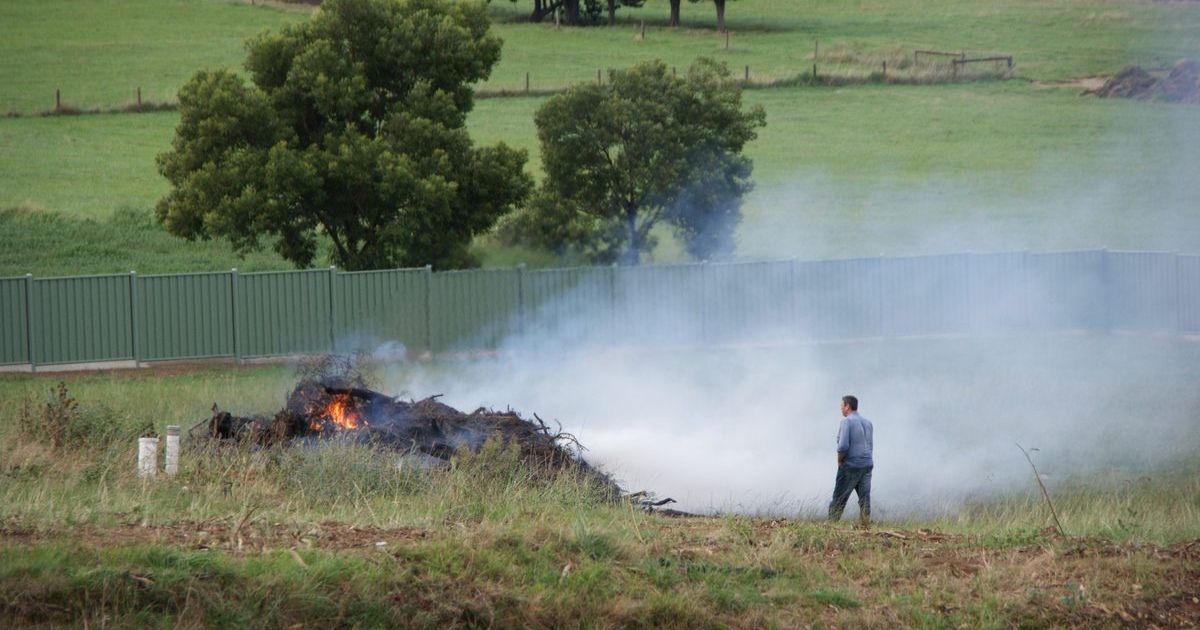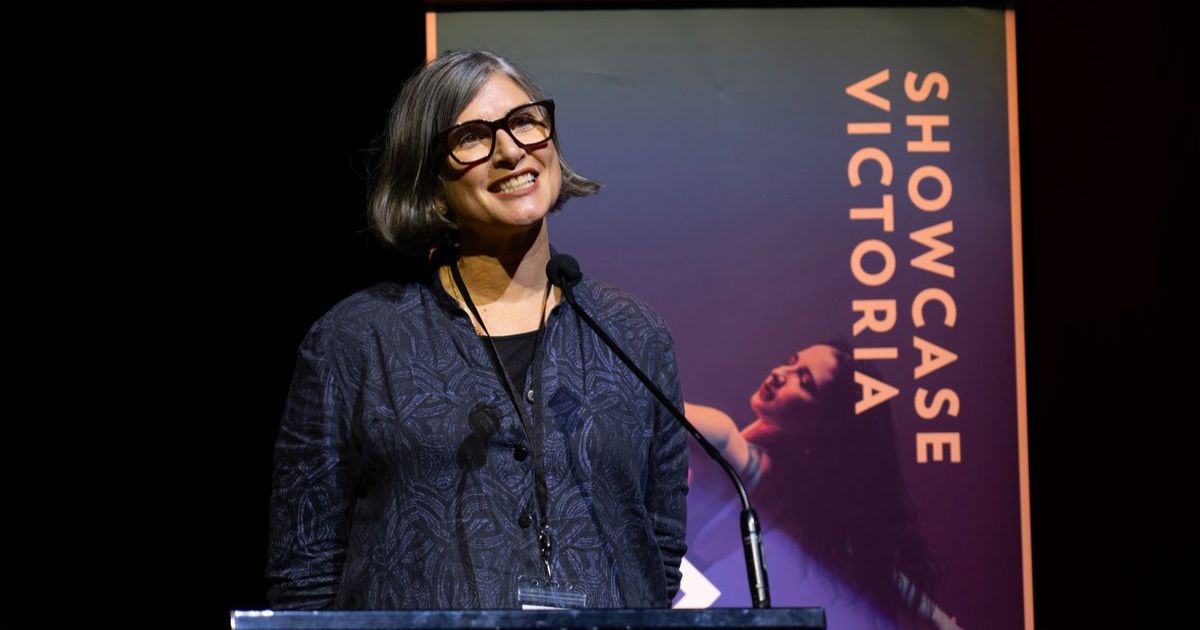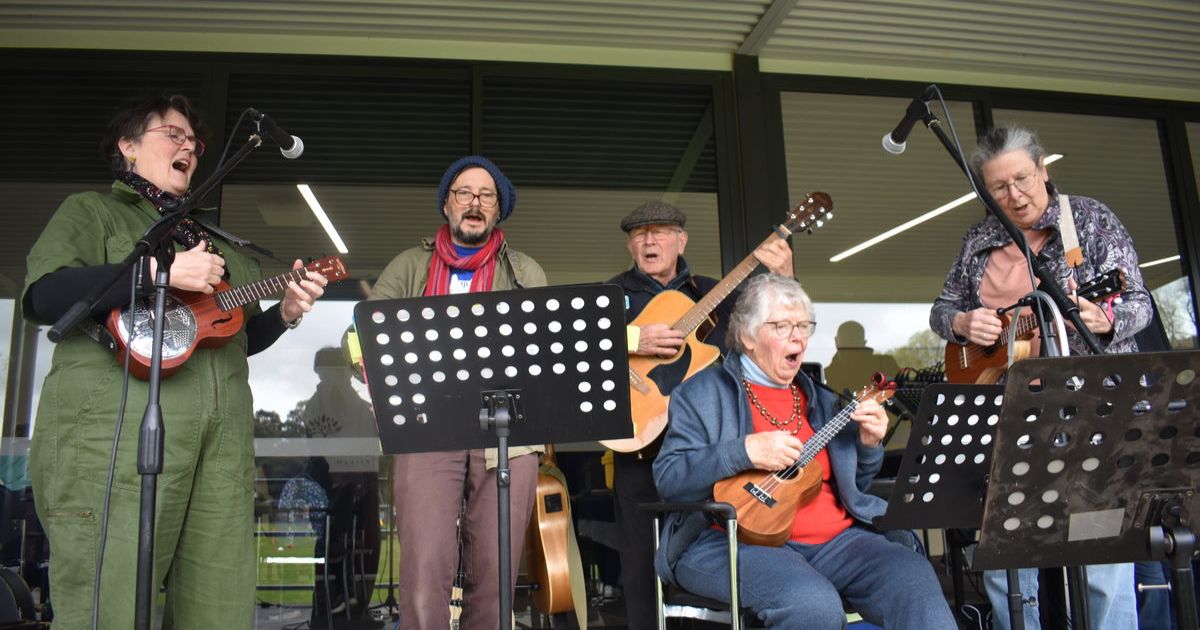What makes a great Heathcote Shiraz?
FOR many wine lovers Heathcote is synonymous with Shiraz and the region’s winemakers produce some of the best on offer.
But what makes this rich deep-coloured wine with its complex fruit flavours so special?
Condie Estate’s Richie Condie said the Heathcote climate played an important part.
“We get these lovely ripening conditions, generous growing conditions in spring where it’s moist and good sunny days for lovely vine health,” he said.
“Because we’re north of the divide we also get cool nights which helps with tannin development.
“The ripeness starts the front of the palate, the coolest develops the back of the palate and when you put those two together you lift the bar a bit.”
Mr Condie said the terroir, the unique combination of various aspects of the growing environment, was a crucial element in the making of a great Shiraz.
“Every terroir is different, here to five minutes down the road is slightly different,” he said.
“Winemaking is a process. It starts in the location of vineyard and the terroir then taking that fruit and converting it into the best it can possibly be.
“Great Shiraz, for me, has complexity, it’s got lots of fruit in it upfront: plum, cherry, raspberry, blackberry.
“It has a nice sort of middle in terms of weight, texture and finish.
“Shiraz is a spicy variety, so you’ve got to finish with those nice spices, Middle Eastern spices and pepper.
“When you can combine all those things together and it’s well made, it’s just a great variety.”
Condie Estate produces wine using grapes from three different vineyards in the region and Mr Condie said he used several diverse winemaking techniques.
“We’ll do a bit of very traditional and conservative stuff where we use cultured yeast, crushed and de-stemmed grapes and then controlled temperature fermentation,” he said.
“When we’ve banked a bit of wine, we start to do some whole bunch fermentation where we might start with 10 to 20 per cent even a couple of batches of a hundred per cent whole bunch.
“That’s where we don’t de-stem it, so the whole bunch goes into the fermentation.
“There is no right or wrong way, you have your own processes and things that work, in the end it’s all judged by what’s in the bottle.”
Condie Estate’s The Gwen Shiraz is a Heathcote wine show trophy winner and has also been a Victorian wine show gold medallist.

Sanguine Estate winemaker Mark Hunter also said there were many facets to making a great Shiraz.
“If you talk to small producers who have their own vineyard, they’ll very much talk about that vineyard,” he said.
“I think that’s the quintessential thing that makes me different to any other big winery in Australia, it’s that my little block of land is producing something very different to anybody else’s.
“You’re really trying to learn what the character of the vineyard is and make it stand out.”
Mr Hunter said soil structure and water retention in the soil were very important.
“I’ve got probably four or five different soil types on this property, all producing very different styles,” he said.
“With one of our blocks, I dug up the roots on one vine and the roots just went sideways.
“They didn’t go down at all and I could see that this block would struggle during the really hot days.
“It was just a hardpan clay that was half a metre down that stopped the roots from penetrating.
“The Cambrian soil, or the Cambrian decaying rock, tends to go for metres and it’s quite consistent so the roots just go straight down.
“We’ve dug up vines when they were only 10 years old and the roots were two metres down.”
Mr Hunter said that crafting higher-level wines ultimately came down to blending.
“If you look at every 10 rows of vineyard, then that is pretty much a different fermenter in the winery,” he said. “So in each fermenter I try and do something different.
“It then comes down to fermentations, temperatures, how long they’re on skins and if you use the whole bunch cluster or not.
“There’s lots of little techniques that change the style of each ferment.
“I might have 80 samples of Shiraz from this one small vineyard and we can craft wines from that.”
Sanguine Estate has been one of the Heathcote region’s top award winners for several years and has been a James Halliday Wine Companion Red 5 Star winery since 2015.


















